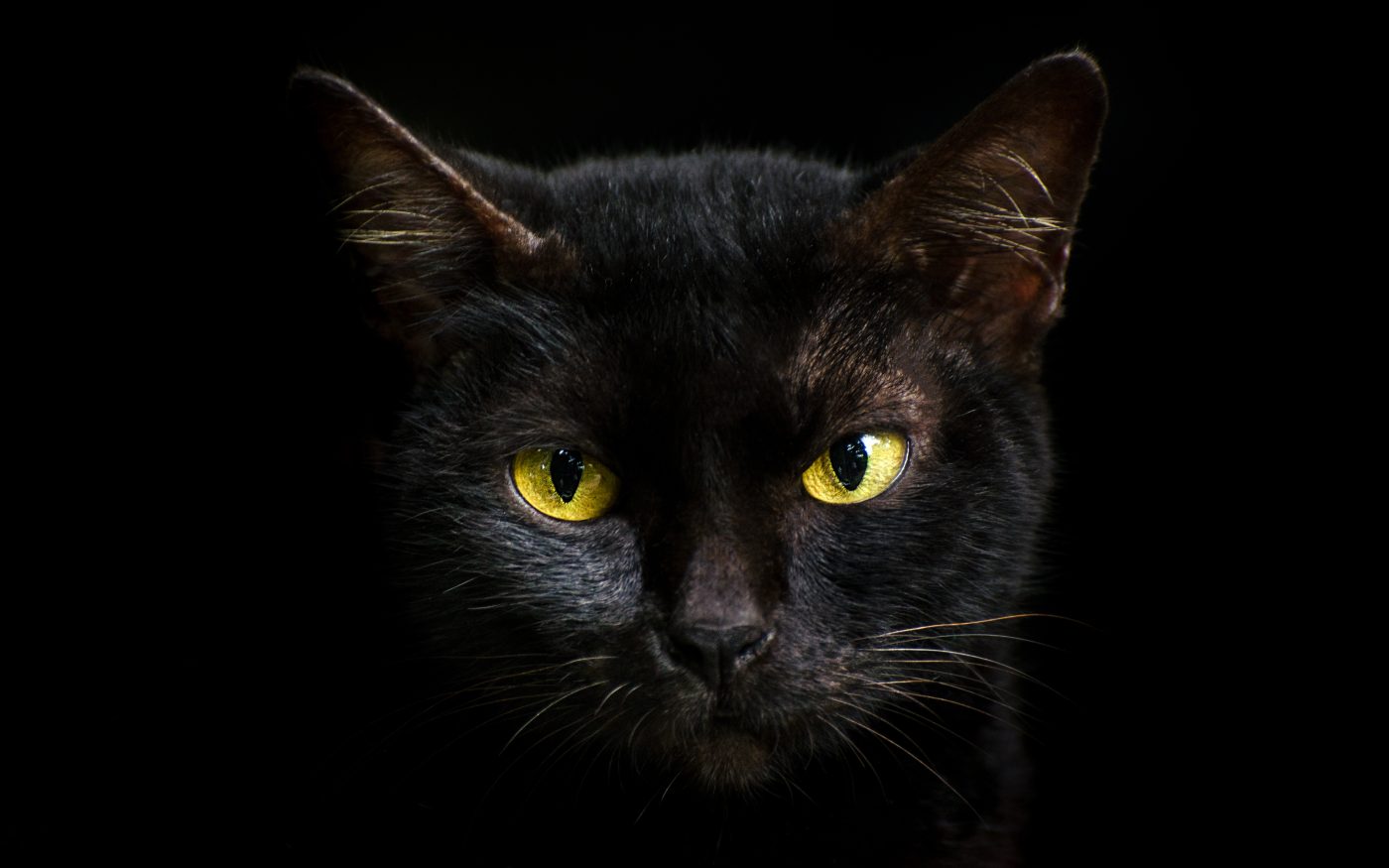Art and culture
Stories of masche between myth and reality

The masche stories, with their mix of realism and superstition, are a vivid example of how folklore is intertwined with everyday life, living manifestations of the popular imagination of the Langhe and Piedmont.
Witches, sorceresses, restless spirits with supernatural powers, endowed with the amazing ability to mutate into animal creatures, exert vengeance for an injustice suffered or be the architects of misfortune.
To write this article, I consulted some of the most authoritative titles on the subject: I particularly recommend Masche by Donato Bosca and Bruno Murialdo, if you are interested in learning more about the subject.

In an era shrouded in the charm of the past, vigils, or “vijà”, were magical stages where storytellers became heroes of storytelling, weavers of tales that enchanted and united multiple generations.
“Vigils” were evenings when the community gathered, often during colder seasons or on holidays, occasions to strengthen community ties, pass on local culture and traditions.
As the shadows of night grew thicker, the atmosphere became charged withelectrifying suspense. It was the highlight of the evening: the beginning of the tales of mystery and thrill, related to the enigmatic figures of the Masche.
In this context, the narrator was transformed into an eyewitness, a traveler of unknown worlds, making each tale extraordinarily vivid and tangible.
His words, steeped in authenticity and mystery, were not just stories, but open windows into a universe of culture, beliefs and legends, capable of vibrating the line between reality and fantasy.
The mention of the term “masca” in the 643 Edict of Rotari represents a significant point in the history of law and folk beliefs.
The “masca” is mentioned with the meaning of witch.
This reference in the edict not only emphasizes the importance of local mythology and magic in society, but also their influence on the formal law of the time.

The “Command Books” are shrouded in a veil of mystery and considered both a privilege and a burden.
Those in possession of them cannot get rid of them easily, as the only way to detach from them is to transfer them to another person.
The latter, in turn, is destined to turn into a masca, thus perpetuating the cycle of power and responsibility associated with these enigmatic tomes.
Magical texts containing a variety of formulas and incantations, rites and ceremonies, used to summon both benevolent and malevolent spirits and believed to have been written by the devil himself.
Throughout Piedmont there were various practices to protect themselves from malignancies attributed to the masche.
For example, many believed that during the celebration of Mass, the priest could recognize a masca among the faithful.
Some spread salt around, special care was taken not to expose children’s clothes outdoors, fearing that the masks could damage them and cause malformations in the little ones.
Others protected their homes with hemp threads, spun specifically by young girls who had never previously employed a spindle.

That of the masca Micilina, is certainly among the best known and most told stories of the area.
Micillina was a woman from Barolo who, after marrying a farmer, moved to Pocapaglia. Her unusual appearance and behavior made her suspect in the eyes of the community.
Her personal affairs are intertwined with mysterious events: she is accused of causing physical deformities and other accidents, such as a little girl’s hump.
The situation worsens when her husband begins to mistreat her because of the rumors, leading Mycilina to seek refuge in the woods, where she is said to have made a pact with the devil.
The growing fear and accusations against her culminate in theintervention of the Inquisition Tribunal where she is tried, and under torture, admits to various crimes only to be condemned and burned on the Bric d’la Masca in Pocapaglia.
The story of Mycilina, like so many others, mixes fact and legend, symbolizing the influence of folk beliefs and superstition in local culture.
Research on these tales, as those who have studied and continue to study their historical, sociological and anthropological elements rightly state, must include historical sources to avoid a merely folkloric interpretation.
Today, unfortunately, storytellers no longer exist; the elders with their compelling tales, indispensable guardians of an immortal legacy, become the custodians of time. In them lies the key to the doors of memory, thus preserving the precious fabric of our cultural wealth.
